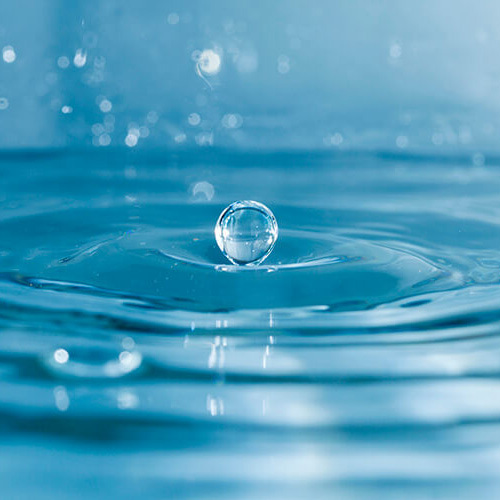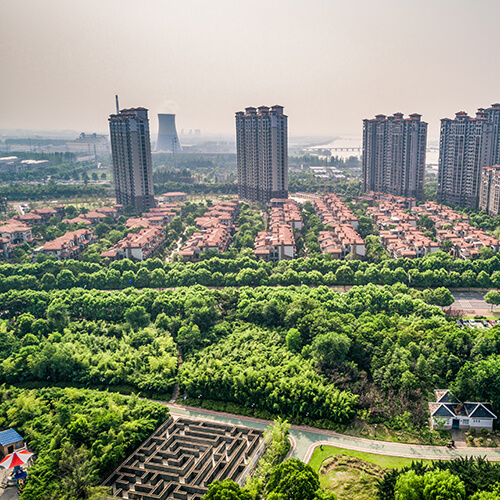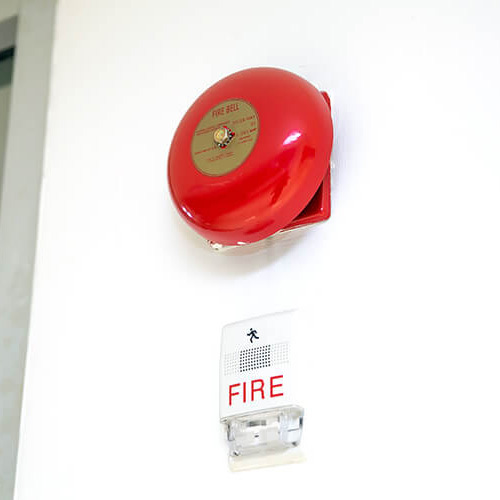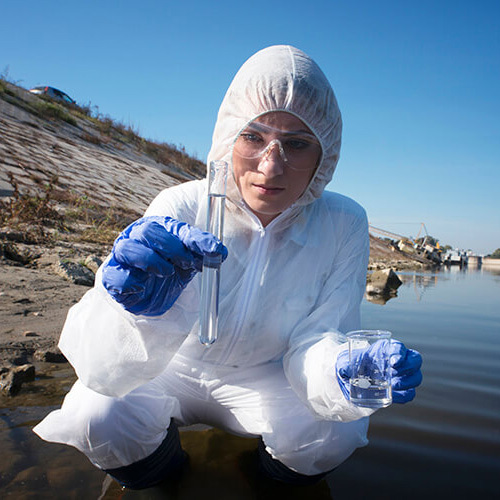How we do it

Engineering solutions Aqua FluidTM
Aqua FluidTM-solutions can be used both in new projects and for the modernization of existing processes and production facilities.
Aqua FluidTM-solutions can be used in both small mobile container complexes (with capacity from 1 to 25 tons per hour), and in powerful stationary solutions (with capacity of up to 200 tons per hour).
Aqua FluidTM-solutions can include both our own (SCT technologies, microbial synthesis technologies, metal separation technologies), and a number of additional technologies.
Engineering solutions Aqua FluidTM
Aqua FluidTM-solutions can be used both in new projects and for the modernization of existing processes and production facilities.
Aqua FluidTM-solutions can be used in both small mobile container complexes (with capacity from 1 to 25 tons per hour), and in powerful stationary solutions (with capacity of up to 200 tons per hour).
Aqua FluidTM-solutions can include both our own (SCT technologies, microbial synthesis technologies, metal separation technologies), and a number of additional technologies.
Uniqueness of engineering AFTM-solutions
- Integrated processing of both solid and fluid waste
- Absence of chemical reagents
- Complete cleaning
- Continuous process
- Cost-effectiveness
Uniqueness of engineering AFTM-solutions
Integrated processing of both solid and fluid waste Absence of chemical reagents Complete cleaning Continuous process Cost-effectiveness
Advantages of SCT
- Compactness (the equipment is assembled in a 20-or 40-foot container);
- Small number of personnel;
- No need in reagents;
- Possibility of full automation;
- Possibility to secure reserve energy capacities;
- An element of a new green technology platform along with a smart home, new industry, new energy, and new transportation;
- Provides a zero level of negative impact on the environment
Advantages of SCT
Compactness (the equipment is assembled in a 20-or 40-foot container); Small number of personnel; No need in reagents; Possibility of full automation; Possibility to secure reserve energy capacities; An element of a new green technology platform along with a smart home, new industry, new energy, and new transportation; Provides a zero level of negative impact on the environment

The technology is based on principles of the supercritical state of water, water fluids (Aqua Fluid). Any substance at a temperature and pressure above the critical point becomes a supercritical fluid. This is a state in which there is no difference between a liquid and a gas. In this state, the supercritical fluids become organic solvents and effectively release all minerals and organic compounds from the water.
Thermal decomposition occurs in water supercritical medium at increased pressures. Dioxin, furan, benzopyrene and other toxic compounds are not formed.
Thermal decomposition occurs in water supercritical medium at increased pressures. Dioxin, furan, benzopyrene and other toxic compounds are not formed.
Environmental safety is secured by the closed cycle of the production process, as well as by usage of an automated control system for the technological process of production.
- Reduction of consumption of fossil fuels and thereby extending their depletion period;
- Obtaining an almost inexhaustible source of energy, because the biomass (including bio-organic waste) is constantly renewed;
- Absence of greenhouse gases replenishment in the atmosphere and thus climate protection.
- Obtaining an almost inexhaustible source of energy, because the biomass (including bio-organic waste) is constantly renewed;
- Absence of greenhouse gases replenishment in the atmosphere and thus climate protection.
- The explosion safety of the technology is ensured by a choice of materials designed for strength, taking into account the loads when working under cyclic and alternating loads.
- Each reactor undergoes a technical inspection and has a technical passport of the manufacturer.
- Each reactor undergoes a technical inspection and has a technical passport of the manufacturer.
- SCTs ensure the recycling of waste and sewage and directly improve the sanitary and hygienic situation in the area where they are located.
- Modern water treatment systems cannot cope with drug contamination.
- The technologies and treatment facilities used today remove only about half of prescription drugs and other new pollutants from wastewater.
- The standard procedure of water chlorination does not eliminate such contamination, but, on the contrary, increases its toxicity.
- Anthropogenic pollution of the environment by mutagens leads to an increase in the frequency of mutations in microorganisms, plants, animals and human beings. These changes accumulate invisibly and contribute to the "explosion" of mutability, which in turn creates the conditions for the development of pandemics.
- Modern water treatment systems cannot cope with drug contamination.
- The technologies and treatment facilities used today remove only about half of prescription drugs and other new pollutants from wastewater.
- The standard procedure of water chlorination does not eliminate such contamination, but, on the contrary, increases its toxicity.
- Anthropogenic pollution of the environment by mutagens leads to an increase in the frequency of mutations in microorganisms, plants, animals and human beings. These changes accumulate invisibly and contribute to the "explosion" of mutability, which in turn creates the conditions for the development of pandemics.
Technology description
SCT operating principle
The technology is based on principles of the supercritical state of water, water fluids (Aqua Fluid). Any substance at a temperature and pressure above the critical point becomes a supercritical fluid. This is a state in which there is no difference between a liquid and a gas. In this state, the supercritical fluids become organic solvents and effectively release all minerals and organic compounds from the water.
Thermal decomposition occurs in water supercritical medium at increased pressures. Dioxin, furan, benzopyrene and other toxic compounds are not formed.
Thermal decomposition occurs in water supercritical medium at increased pressures. Dioxin, furan, benzopyrene and other toxic compounds are not formed.
Environmental safety of SCT
Environmental safety is secured by the closed cycle of the production process, as well as by usage of an automated control system for the technological process of production.
Environmental benefits of SCT
- Reduction of consumption of fossil fuels and thereby extending their depletion period;
- Obtaining an almost inexhaustible source of energy, because the biomass (including bio-organic waste) is constantly renewed;
- Absence of greenhouse gases replenishment in the atmosphere and thus climate protection.
Explosion safety of SCT
- The explosion safety of the technology is ensured by a choice of materials designed for strength, taking into account the loads when working under cyclic and alternating loads.
- Each reactor undergoes a technical inspection and has a technical passport of the manufacturer.
SCT and health care
- SCTs ensure the recycling of waste and sewage and directly improve the sanitary and hygienic situation in the area where they are located.
- Modern water treatment systems cannot cope with drug contamination.
- The technologies and treatment facilities used today remove only about half of prescription drugs and other new pollutants from wastewater.
- The standard procedure of water chlorination does not eliminate such contamination, but, on the contrary, increases its toxicity.
- Anthropogenic pollution of the environment by mutagens leads to an increase in the frequency of mutations in microorganisms, plants, animals and human beings. These changes accumulate invisibly and contribute to the "explosion" of mutability, which in turn creates the conditions for the development of pandemics.

CAPEX Aqua Fluid™
2 times cost reduction vs. landfills
2
2 times cost reduction vs. gasification
2
2 times cost reduction vs. granulation
2
3 times cost reduction vs. incineration
3
OPEX Aqua Fluid™
3 times cost reduction vs. landfills
3
4 times cost reduction vs. gasification
4
6 times cost reduction vs. granulation
6
9 times cost reduction vs. incineration
9
CAPEX Aqua Fluid™
2 times cost reduction vs. landfills
2 times cost reduction vs. gasification
2
2 times cost reduction vs. granulation
2
3 times cost reduction vs. incineration
3
OPEX Aqua Fluid™
3 times cost reduction vs. landfills
3
4 times cost reduction vs. gasification
4
6 times cost reduction vs. granulation
6
9 times cost reduction vs. incineration
9
2





